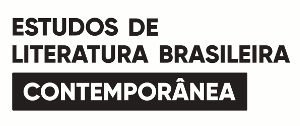abstract
Turismo para cegos, the debut novel by Tércia Montenegro, is yet another text that joins the long tradition of literary works that rely on the presence of blind characters. In this article, we revisit the values and beliefs that fuel the representation of blindness in Western literature, while also pinpointing some of the most common stereotypes associated with blind characters in literary works, in order to analyze the novel in question. In addition, we use Erving Goffman’s theory of stigma to study the intricate theater of relationships established between the blind protagonist and the novel’s other characters. We conclude that, despite perpetuating negative stereotypes, Turismo para cegos also innovates by demystifying the stigmatized figure, elevating it to the status of a complete human being, as faulty as any other.
Keywords:
Tércia Montenegro; disability; contemporary literatura; blindness; stigma
